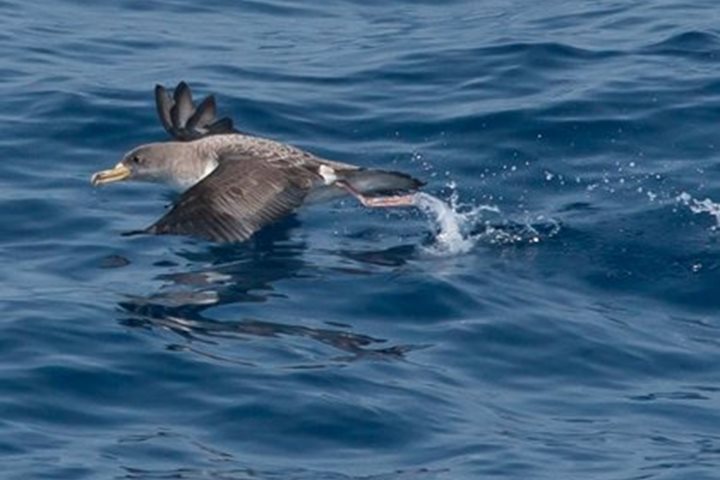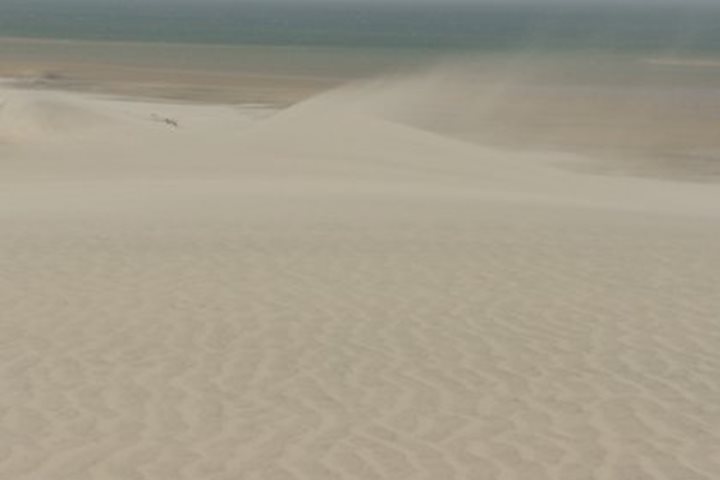Walvis Bay & Swakopmund
After a beautiful dinner under the stars in the desert, the National Geographic Explorer remained at Walvis Bay to allow us to spend a second full day exploring this rich region.
Journeys out into the Namib Desert followed a similar theme to that established yesterday. Many of us spent the day enjoying the stark beauty and surprising diversity of desert landscapes, while searching for the wildlife that manages to eke out a living here. Others went to the ocean, and embarked on boats to cruise the bay in search of marine life. Then there is the narrow strip where the desert meets the sea where the intertidal zone also provides a rich habitat for wildlife.
Each year millions of birds escape the harsh northern hemisphere winter by undertaking long distance migrations from their breeding grounds in the high Arctic to southern Africa. Many of these birds are shorebirds, which find rich feeding grounds in the shallow waters and mudflats of Walvis Bay. The area is internationally recognized for the large numbers of birds found here. During our visit we have been able to enjoy the spectacle of these large flocks of sandpipers and other shorebirds, together with other wetland birds such as flamingos and pelicans. Just as we are heading north on this voyage, these birds are preparing to undertake their northbound migration to the Arctic to breed during the northern summer.
Meanwhile, we have not ignored the birdlife of the desert, which while less abundant and more difficult to find is highly specialised. Most notably, we were successful in our search for the dune lark: a small sandy-brown bird found in the expanses of dunes to the south of Walvis Bay and nowhere else on earth—a uniquely Namibian experience.






